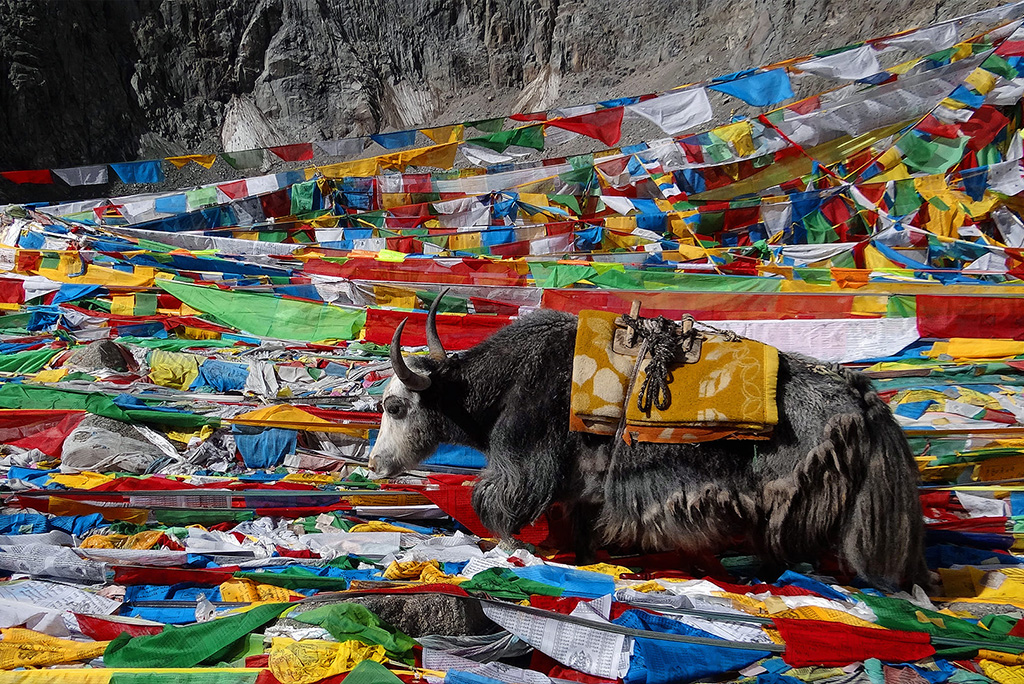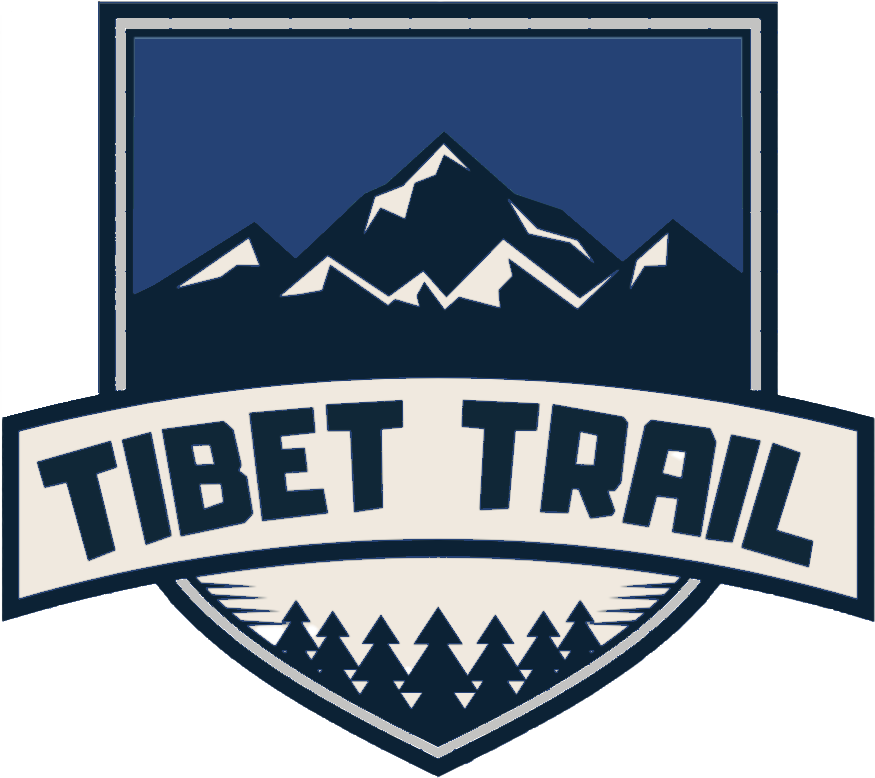Things to Know Before Trekking in Tibet. Trekking in Tibet is a once-in-a-lifetime adventure that offers breathtaking landscapes, rich cultural experiences, and a unique blend of spirituality. Nestled on the Tibetan Plateau, often referred to as the “Roof of the World,” Tibet boasts majestic mountains, pristine lakes, and ancient monasteries. However, before embarking on a trekking expedition in this remote and challenging terrain, there are several essential factors to consider to ensure a safe and enjoyable journey. We hope this Tibet Travel guide will be of great help to you before making your dream adventure in Explore wonders of Tibet.

Things to Know before trekking in Tibet
Tibet Travel Permits and Tibet Travel Regulations:
Securing the necessary permits is a crucial aspect of planning a trekking expedition in Tibet. As an autonomous region within China, Tibet has strict regulations governing entry. The primary permit required is the Tibet Travel Permit, issued by the Tibet Tourism Bureau, enabling access to the region. Additional permits may be necessary, particularly for treks near border regions, to ensure safety and security.
To obtain Tibet permits, travelers must go through a registered travel agency in Tibet, China, as independent travel is generally not allowed. The application process involves providing detailed information about the trek’s route and duration. It’s crucial to stay informed about any changes in permit regulations, as they may evolve due to geopolitical factors.
While the permit process may seem bureaucratic, it serves important purposes, such as managing environmental impact, preserving cultural heritage, and addressing political sensitivities. Non-compliance with permit requirements can result in fines, deportation, or future travel restrictions. Adhering to these regulations contributes to responsible and sustainable tourism in Tibet, ensuring the preservation of its unique landscapes and cultural treasures.
Acclimatization in Tibet:
Trekking in Tibet‘s high-altitude terrain demands careful consideration of acclimatization. With Lhasa, the capital, situated at around 3,656 meters (11,995 feet), and many trekking routes reaching even higher elevations, the risk of altitude sickness is significant. Proper acclimatization is crucial to mitigate these risks.
To facilitate acclimatization, plan your itinerary to include several days in Lhasa before starting the trek. This allows your body to gradually adjust to the thin air, reducing the chances of altitude-related issues. During this period, engage in light activities, stay hydrated, and get sufficient rest to aid the acclimatization process.
Pay close attention to your body’s signals and communicate openly with guides and fellow trekkers. If symptoms of altitude sickness persist or worsen, seek medical attention promptly. Incorporating gradual altitude gains into your trekking route further supports acclimatization, ensuring a safer and more enjoyable experience amidst Tibet’s awe-inspiring landscapes and cultural wonders of Tibet.
Physical Fitness for Trekking in Tibet:
Successfully trekking through Tibet requires a solid level of physical fitness, given the challenging terrains and high altitudes. Endurance and strength are paramount for navigating the diverse landscapes effectively. To prepare, engage in regular cardiovascular exercises like running or cycling to enhance endurance. Additionally, incorporate strength training exercises such as squats and lunges to build the necessary muscle strength.
Initiate your fitness routine several weeks prior to the trek, gradually increasing intensity to mimic the challenges of high-altitude trekking. Consistency is crucial, preventing injuries and allowing your body to adapt progressively. Include hikes or walks in hilly terrain to simulate trek conditions. Consulting with a fitness professional or healthcare provider is recommended, ensuring a tailored approach based on your fitness level and health status.
By prioritizing physical fitness and targeted training, trekkers can better handle the demands of trekking in Tibet, ensuring a safer and more enjoyable expedition amidst its breathtaking landscapes.
Choose the Right Season:
Selecting the ideal season is crucial for a successful trek in Tibet, given its extreme weather conditions. Optimal trekking periods are during spring (April to June) and autumn (September to November), offering stable weather and milder temperatures. Winter treks are discouraged due to harsh conditions and heavy snowfall, while summer (June to August) brings monsoon rains, affecting trail conditions. By planning your trek during the recommended seasons, you can enhance your experience, ensuring safer and more enjoyable exploration of Tibet’s breathtaking landscapes.
Pack Appropriately for Trekking in Tibet
Careful packing is essential for a Tibet trek, where diverse terrains and high altitudes bring unique challenges. Sturdy trekking boots, warm clothing layers, and a quality sleeping bag are vital for variable temperatures. A reliable backpack with ample space, especially designed for trekking, is essential. Carry a comprehensive first aid kit for potential health challenges at high altitudes. Additionally, include sun protection items like sunscreen, sunglasses, and lip balm to combat intense sunlight. Thoughtful packing ensures comfort and safety, striking a balance between essential gear and a manageable load for an enjoyable trekking experience in Tibet.
Respect Local Customs and Traditions
Tibet’s cultural heritage, rooted in Buddhism, emphasizes the importance of respecting local customs. When visiting monasteries or religious sites, adhere to dress codes, covering shoulders and knees, and remove your shoes as a sign of reverence. Maintain a respectful demeanor in interactions, as Tibetans value courtesy and humility. Seek permission before taking photographs, especially in sacred areas where restrictions may apply. Embracing local customs, participating in ceremonies if invited, and approaching the culture with an open mind enhances the travel experience, fostering genuine connections with the community and contributing to the preservation of Tibet’s rich Culture heritage.
Hiring a Local Tibetan Trekking Guide
For a successful trek in Tibet, enlisting the services of a local Tibetan trekking guide is highly advisable. Beyond their role in enhancing your cultural experience by providing insights into the region’s history and traditions, a local guide plays a crucial role in ensuring safety. With a deep understanding of the diverse terrains and potential risks, they navigate challenging conditions, making your journey smoother and safer. Futher all our tour guide are trained in first aid by International Volunters and Xizang Red Cross proffesionals.
Acting as a cultural ambassador, the guide shares valuable information about local customs, fostering a deeper connection with the communities along the trek. Additionally, their logistical expertise streamlines arrangements, from obtaining permits to organizing accommodations, contributing to a hassle-free and well-organized expedition. Hiring a local guide is an investment that significantly enhances the overall trekking experience in Tibet.
Environmental Responsibility while Traveling in Tibet
Trekking in Tibet not only offers breathtaking views but also exposes travelers to the delicate and pristine ecosystems that characterize the region. With this privilege comes the responsibility to trek with a heightened environmental consciousness. Understanding and implementing sustainable practices can contribute to the preservation of Tibet’s fragile landscapes and ensure that future generations can appreciate its natural beauty.
One essential principle to adhere to is the Leave No Trace philosophy. This approach emphasizes minimizing human impact on the environment by carrying out all waste, leaving natural features undisturbed, and respecting wildlife habitats. As you trek through Tibet, strive to leave the landscapes untouched and pristine, allowing them to retain their natural beauty for years to come.
Avoiding disturbance to wildlife is another crucial aspect of responsible trekking. Tibet is home to diverse fauna, including rare wild animal species like the Tibetan antelope and wild yak. Maintain a respectful distance, avoid feeding wildlife, and observe them from afar to minimize stress and disruption to their natural behaviors.
Why Choosing Tibet Trail, A Tibetan Trekking agency in Tibet for your Tibet Trekking tours
Choosing Tibet Trail for your trekking adventure in Tibet means immersing yourself in an authentic and culturally enriching experience. As a Tibetan trekking agency based in Tibet, We offer a unique insider’s perspective, guided by a deep understanding of local landscapes and traditions. With Our knowledgeable guides who double as cultural ambassadors, Tibet Trail ensures not only a smooth navigation of challenging terrains but also a profound exploration of Tibet’s rich history. Our agency’s commitment to responsible and sustainable trekking, encompassing Leave No Trace principles and environmental preservation, aligns with the goal of contributing to the region’s conservation. Tailored itineraries, a focus on safety, and a genuine dedication to fostering cultural exchanges make trekking with Tibet Trail an unforgettable journey through the captivating landscapes and vibrant traditions of the Roof of the World.
Conclusion Things to Know Before Trekking in Tibet
Trekking in Tibet is a mesmerizing adventure, offering unparalleled landscapes and cultural richness. With careful preparation, respect for local customs, and consideration for the environment, your trek in Tibet can be a truly transformative experience. Embrace the challenges, immerse yourself in the unique atmosphere of the region, and create memories that will last a lifetime.





